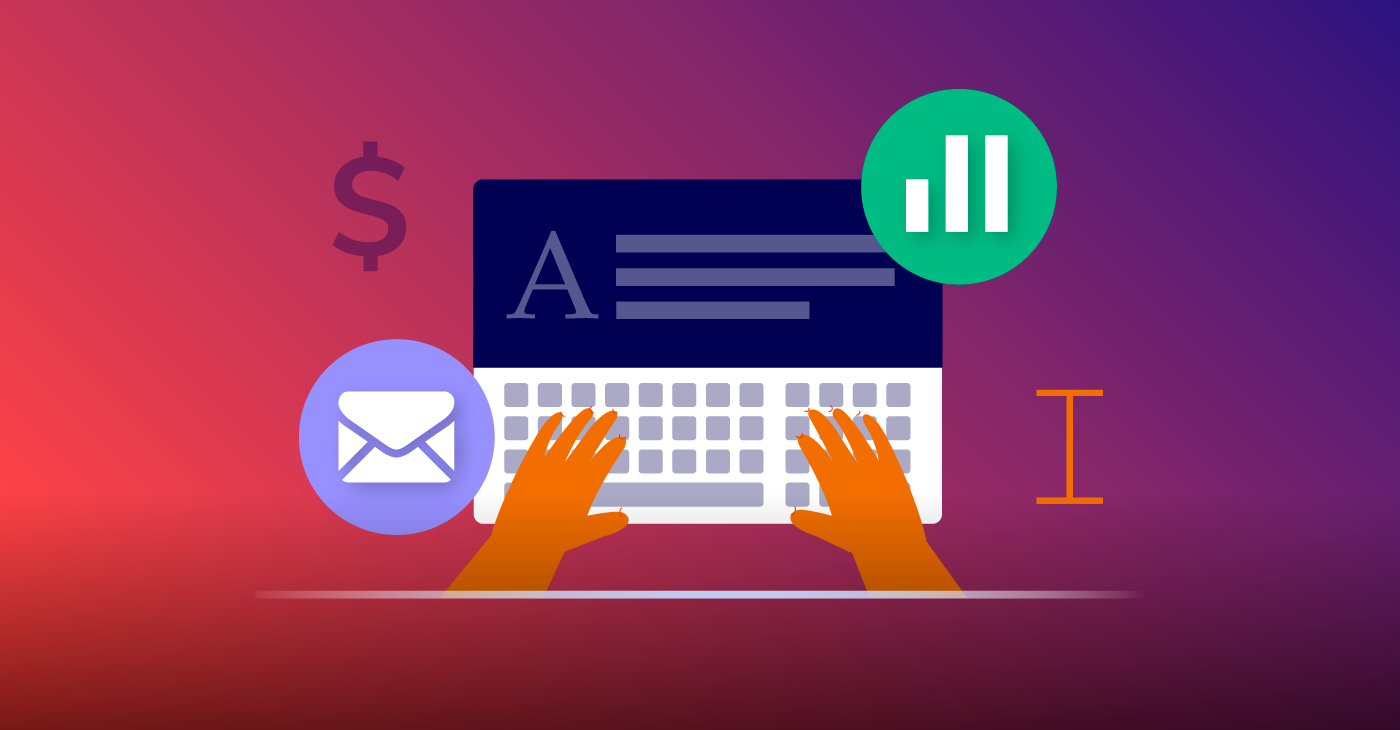
One of the biggest reasons why email marketing is so effective is that everyone has an email address and checks their inbox consistently. On average, Americans check their personal email two hours a day and work email three hours a day.
There are various types of emails out there – promo emails, newsletters, content-related emails, transactional emails – the list goes on and on. However, for some reason, cold emails get a bad rap.
A cold email is similar to an unexpected guest knocking on your front door. You aren’t expecting it, and it catches you off guard. You can sense that there must be an ulterior motive for the outreach, so your initial reaction is to be skeptical.
Cold email senders aren’t totally set up for success. If they want to not only get their emails opened but engaged with, it needs to stand out and be extremely relevant to the needs of the recipient.
In this article, we’ll show various tools you can use to make your cold emails more successful.
The Value of Cold Outreach Emails
Sending potential customers unsolicited emails without prior contact is a tried-and-tested email marketing strategy. When done correctly, it can have a powerful impact on your overarching marketing strategy because it helps you cast your existing lead pool.
As Auren Hoffman, CEO at SafeGraph, states, “Great cold emails help you access almost everyone you want.” He further shares that most c-suite executives spare some minutes to read the well-informed emails they get, even if they don’t know the sender.
In other words, if you send a well-crafted cold email to a decision-maker at a company you’re targeting, there’s a pretty good chance they’ll read it. And when you have the ear of a major decision-maker, you can begin to make them aware of your brand, introduce them to your lead nurture strategy, and tap into uncharted market segments.
Tools to Make You Cold Outreach Emails Stand Out
Want to unlock this potential? Here are some tools to help you see more value from your cold email outreach:
1. Personalization
Personalization is the name of the game in the email marketing scene. Hoffman claims it’s the first rule of cold email marketing, and it has a significant impact on key metrics, such as open rate, click-throughs, and the amount of responses.
In today’s competitive digital marketing arena, instant personalization of cold email garners a 7% response rate. If you want more VCs and CEOs to respond to your cold email, you have to do in-depth research about the person you’re contacting and the companies they work for.
A few things to investigate include:
- Books they love
- A Podcast they’re on
- A product they recently launched
- Articles they’ve written
- Events they’ve hosted or spoke at
The answers to these questions enable you to add personal touches to your cold email. For example, instead of asking the recipient questions to get to know them, compliment their work by citing an article they’ve written or a product their company launched that you use. Such advanced personalization tactics improve the cold email response rate by 10%.
2. Email Templates
Email templates make the email creation and personalization process a whole lot easier. A reliable email marketing software, such as Benchmark Email, offers a ton of customizable design templates for numerous industries and objectives. All you have to do is choose one and tweak various aspects to suit your preferences and brand styles.
For example, you can alter the CTA language, body copy, add proprietary or stock images, and other parts of your cold email to ensure it aligns with your voice and the person you’re sending it to. The goal is to increase engagement, and Benchmark Email has a ton of templates that will help you do that with ease (and no design skills necessary).
3. Automation
When you’re getting started with cold emailing, it’s okay to do it manually. However, when you scale up and start growing your email list, you’ll want to ditch the manual labor and find a better solution so you can get more done in less time. That’s why automating your email campaigns is a must.
Let’s say you have 20 new leads you want to reach out to. You’ll want to send each one a personalized email as well as follow-ups based on certain actions they take (or don’t take) from your initial cold email. Normally, this would probably take you at least a couple of weeks to achieve, and that’s if you’re not interrupted with other tasks (which is unlikely).
Instead of putting together 50 new emails with email automation, all you have to do is craft your personalized, cold email and three follow-up emails (or however many follow-up emails you’d like). Then, you set up your triggers, so your follow-up emails deploy when you need them to.
Automation enables you to do more in less time. You don’t have to send emails all day, every day. Rather, you set sending on auto-pilot so that each email goes out at the most opportune time. In addition, automating follow-ups enables you to keep the conversation going even when you’re busy getting other things done.
4. Content Editing Tools
According to Hoffman, most VCs and CEOs will read your cold email if it’s succinct. Simply put, you should use the fewest words possible to get your point across if you want people to read your cold email. Use short sentences and concise paragraphs, and weed out unnecessary words.
Email marketing is not where you want to be super-expressive, so using content editing tools will help you be as straightforward as possible. For example, a tool like Grammarly can point out any unnecessarily long or run-on sentences, so your message stays as clear as possible. Not all of us are sharp editors, so Grammarly is handy for proofreading your content and getting rid of typos that can be a turn-off for the recipient and taint your approach.
Your cold emails may not always get a response. However, if you strive for personalization and craft simple messages that manage to stand out, you can see some great results from this approach. To help you stay consistent, try using an email automation tool, like Benchmark Email. Sign up for our free plan at the link.






